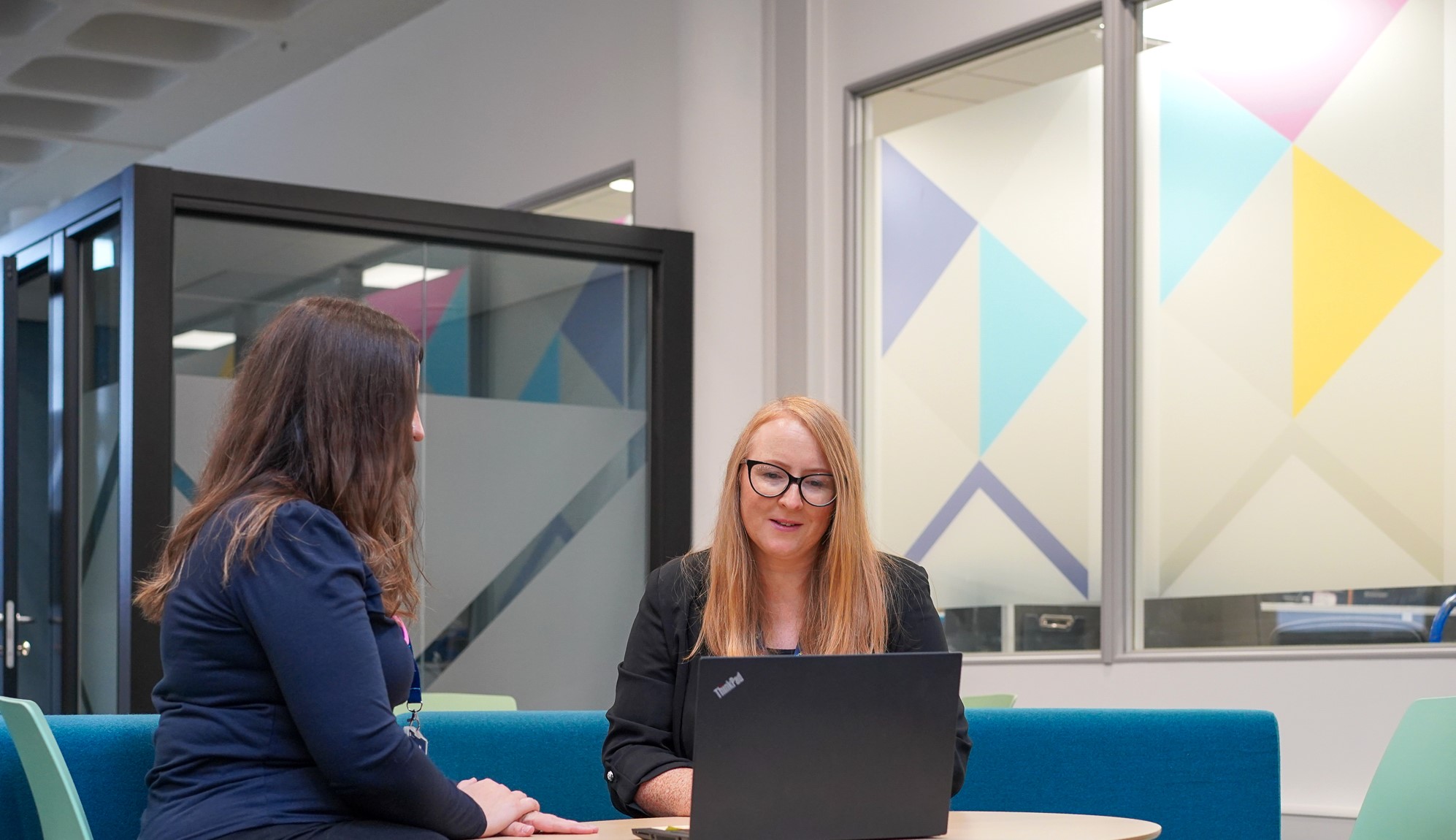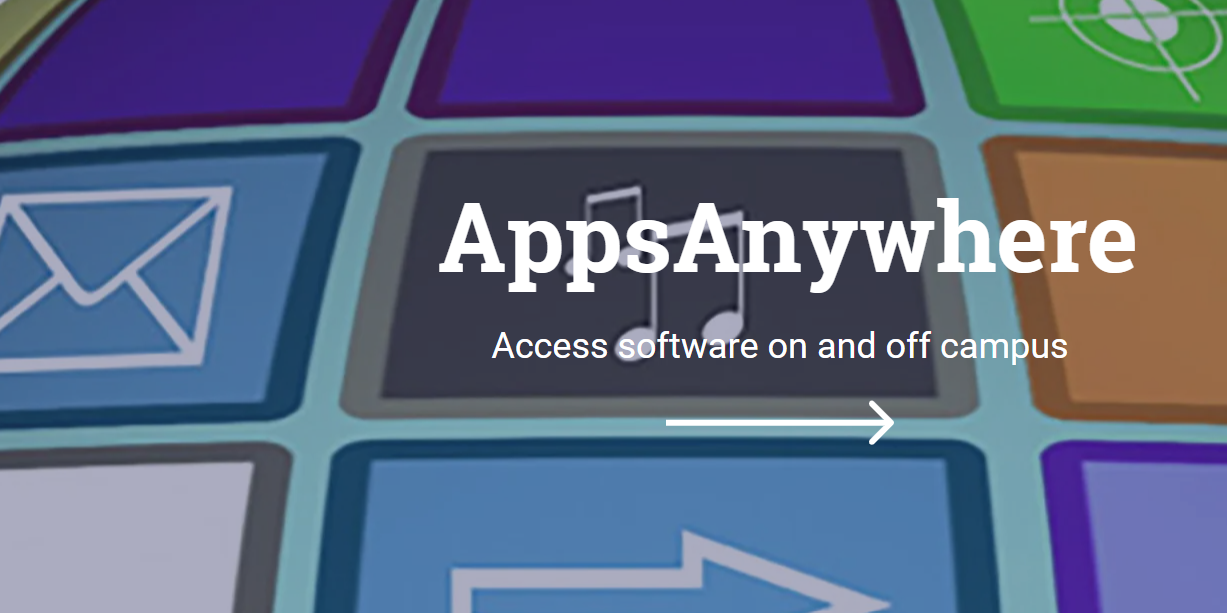
Supporting learners with Neurodiversity's - specific learning differences
Supporting students with Specific Learning Differences (SpLDs)—such as dyslexia, dyspraxia, dyscalculia, and ADHD—requires thoughtful, inclusive teaching strategies that empower learners and remove unnecessary barriers.
Focus on strengths of a individual and support them to thrive,
-
Neurodiversity is a strength: Students with SpLDs often bring creativity, resilience, and unique problem-solving approaches.
-
Equity over equality: Fair access may require different routes—reasonable adjustments are not “extra help,” they’re essential.
-
Clarity and flexibility: Clear expectations and adaptable formats help students thrive.
Good Practise and Boundaries
Advice on good practises and inclusive teaching and assessments.
General accessibility guidance when developing content for learners, :
- Font that is non cursive such as Arial or Calibri
- Minimum size font of 14 ppt
- Bionic text where possible: Example of Bionic text
- Background colour as buff yellow or off white.
- Font colour in dark Navy Blue rather than automatic/black.
Considerations around content materials:
- Structured outline: highlight key parts of the learning
- Break down of long words, pronunciations and meanings.
- Give content well in advance to allow users to read prior to attending and make some notes.
- Break tasks into clear manageable steps.
- Code systems: For example when giving feedback, this could be S&G - is spelling and grammar feedback, C - content feedback. or use colour coding to breakdown feedback.
Some good in class practises:
- Encourage assistive technology: Recording of teaching, audio and visual to support in notetaking and revision.
- At the start of semesters, check that support services are known to the learners, signpost learners to specialised support if needed.
Considerations when making assessments:
- Alternative ways to assess knowledge (summative or formative) – orally, in note form, using diagrams,
videos (without compromising core competencies but taking into account the University’s responsibility to
consider reasonable adjustments for assessment) - Offer a choice of assessment type
- Work with the Accessibility, Disability & Inclusion team for guidance on specific changes to assessments to support the learners.
- Revisit and over-learn – start each session by revisiting what has been covered so far.
- Provide learning discussions so learners can ask questions, go over any previously given information in a 1-1 setting.
Reasonable adjustments (not registered with A,D &I)
We recognise that specific learning differences can significantly impact a student’s ability to engage with academic tasks. Even when a student is not formally registered with the University's Accessibility, Disability & Inclusion (A,D&I) team, reasonable adjustments may still be appropriate to ensure equitable access to learning and assessment.
Examples of Reasonable Adjustments
Extensions on assessments:
- A 7-day extension on written assignments to help manage periods of heightened stress or reduced concentration.
Exam and In-Class Support:
- Access to a separate, quiet room to reduce sensory overload or anxiety.
- Additional time to complete exams or in-class assessments.
- Scheduled rest breaks to support focus and emotional regulation.
- Use of PC and word processor
These adjustments are designed to reduce barriers and empower students to perform to their full potential. Staff are encouraged to take a proactive, compassionate approach and liaise with our Accessibility, disability & inclusion team when needed.


/prod01/wlvacuk/media/departments/digital-content-and-communications/images-2024/Architecture-students-tree-planting.png)
/prod01/wlvacuk/media/departments/digital-content-and-communications/images-2024/250630-SciFest-1-group-photo-resized-800x450.png)
/prod01/wlvacuk/media/departments/digital-content-and-communications/submitted-news-images/Way-youth-zone-August.JPG)
/prod01/wlvacuk/media/departments/digital-content-and-communications/images-2024/Arthi-Arunasalam-teaser.jpg)
/prod01/wlvacuk/media/departments/digital-content-and-communications/submitted-news-images/Muslim-woman-playing-football.jpg)
/prod01/wlvacuk/media/departments/digital-content-and-communications/submitted-news-images/Business-School-800x450.jpg)
/prod01/wlvacuk/media/departments/digital-content-and-communications/submitted-news-images/University-of-the-Year.jpg)
/prod01/wlvacuk/media/departments/student-support-and-wellbeing/images/shared-image.jfif)

